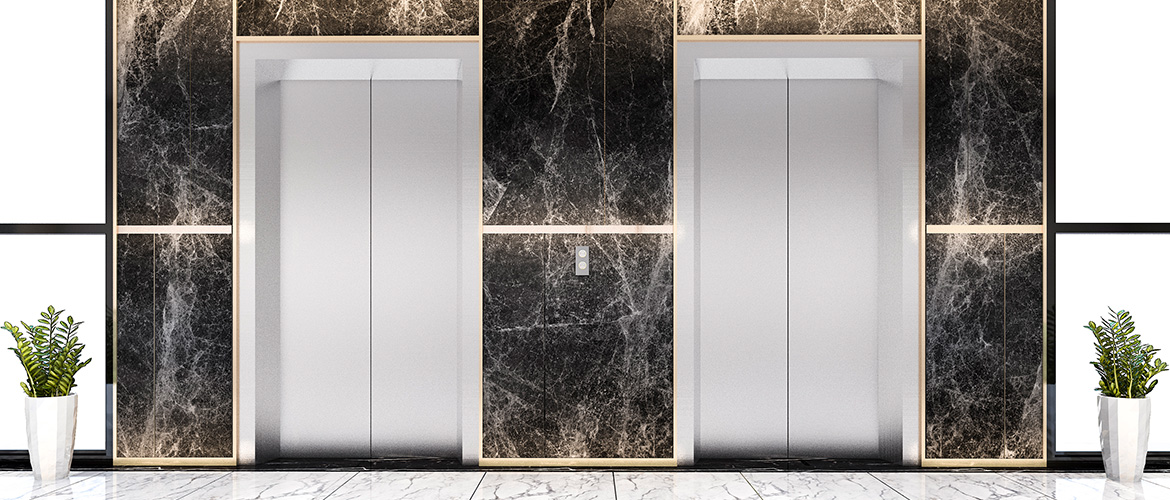One of the oldest home decoration materials, tiles date back to ancient times. Ancient Egyptians used vivid blue tiles to decorate their homes, while the Mesapotamians used a type of glazed bricks for decoration purposes.
Today tiles are available in an endless variety of shapes, colours, sizes, and materials. Easy to maintain, pocket-friendly, tiles are ideal for all areas of your home from floors to wall elevation. In this guide, we walk you through all that you need to know about wall tiles. This guide will serve as a starting point to help you understand how to use wall elevation tiles. for modern home designs.
Are wall tiles and floor tiles the same?
Well, no! Wall tiles are different from floor tiles as they are not designed to be load bearing. The tiles you use for flooring should be able to withstand heavy foot traffic. Wall tiles, on the other hand, are primarily used for decoration purposes. They are often thinner and lighter than floor tiles.
Types of Wall Tiles
Tiles are made from several materials like porcelain, ceramic, stone, clay, and even metal and glass. Here are some of the popular materials used in the manufacture of tiles.
Porcelain or Ceramic Tiles
Ceramic and porcelain are the most common materials used in the manufacture of tiles. The primary difference between these two materials is the rate of water absorption.
- Porcelain tiles absorb water at a slow rate and are best for high-moisture prone areas like kitchens and bathrooms. They are more heat and damage resistant when compared to ceramic tiles.
- Ceramic tiles are ideal for spaces with moderate to light traffic, as they are not as hard as porcelain.
Glazed Wall Tiles
Glazed tiles are the most commonly used tiles for wall elevation. . The insanely popular subway tiles are a type of glazed wall tiles. These tiles have a typical width to height ratio of 2:1. They can be made from either porcelain or ceramic. They are fired at high temperatures to create a dense tiles that is moisture-resistant. Glazing gives the tile a smooth, glossy glass-like finish.
Other popular types of wall elevation tiles include: glass tiles, mosaic tiles, quarry tiles, natural stone tiles, and clay terracotta tiles.
Sizes of Wall Tiles
Once you have decided the type of tile, the next biggest decision you’ll have to make is – the tile size. The tile size plays a crucial role in determining the overall appearance of your walls. Here are a few tips to keep in mind while choosing wall tile sizes:
- Larger tiles have fewer grout lines giving a more streamlined look.
- Large tiles make a small room appear bigger.
- But, the drawback with large tiles is that they need more adhesives for installation.
- Smaller tiles on the other hand are easy to install but have more grout lines.
Here are the standard wall tile sizes:
- Square Mosaic – These are typically 1-inch by 1-inch squares. They are also available as 2-inches by 2-inches squares.
- Blend Tiles – Their aspect ratio is 1:2, where the width of the tile is twice that of the height. It’s typically used for kitchen and bathroom backsplashes.
- Subway Tiles – Their aspect ratio is 1:2 (height: width). Generally, subway tiles are 3” high and 6” wide. They are used for bathroom backsplashes, tub surrounds, bathroom walls, kitchen backsplashes, shower enclosures, etc.
- Square Tile – It’s normally 4” square tile, used for kitchen countertops and sometimes even on floors.
- Plank Tile – They are normally in the shape of a plank – 4” wide and 24” long. They are primarily used for flooring, accent walls, wainscoting and backsplashes.
Tile Ratings: What do they mean?
If you have gone tile shopping, then you would have noticed a rating scale mentioned on each tile. This is the hardness rating that helps you choose the right tile for each space. For example, bathrooms require a moisture-proof, non-slip tiles while heavy footfall areas like entryways require abrasion-resistant tile.
The Porcelain Enamel Institute rates tile hardness as per the following table:
- Class I – These tiles cannot withstand foot traffic. They are used only wall elevation.
- Class II – These tiles can withstand light traffic. They are suited for areas with zero to little abrasions like bathrooms, commercial walls, etc.
- Class III – These tiles can withstand light to moderate traffic. Ideal for indoor residential applications, walls and countertops.
- Class IV – These tiles are ideal for moderate to heavy traffic. Best suited for all residential applications, institutional and commercial use.
- Class V – The toughest of all tiles suitable for heavy to extra heavy traffic. Mostly used for commercial spaces with plenty of foot traffic.
Maintenance and Durability of Tiles
Tiles are one of the most durable home building materials. They are super easy to maintain. They can be cleaned with regular household cleaners and dirt can be easily wiped away. Smooth and glazed tiles are easier to clean when compared to textured tiles.
wall elevation tiles are easy to maintain and the right type of tile can act as a water-proof barrier protecting your walls from external weather conditions like hail, rain and dust. They can easily last for decades. The right wall tiles not only add aesthetic appeal to your home, but also protect it adding to its market value.
For the best wall elevation tiles in India, reach out to our friendly team who can help you with the best choices.






